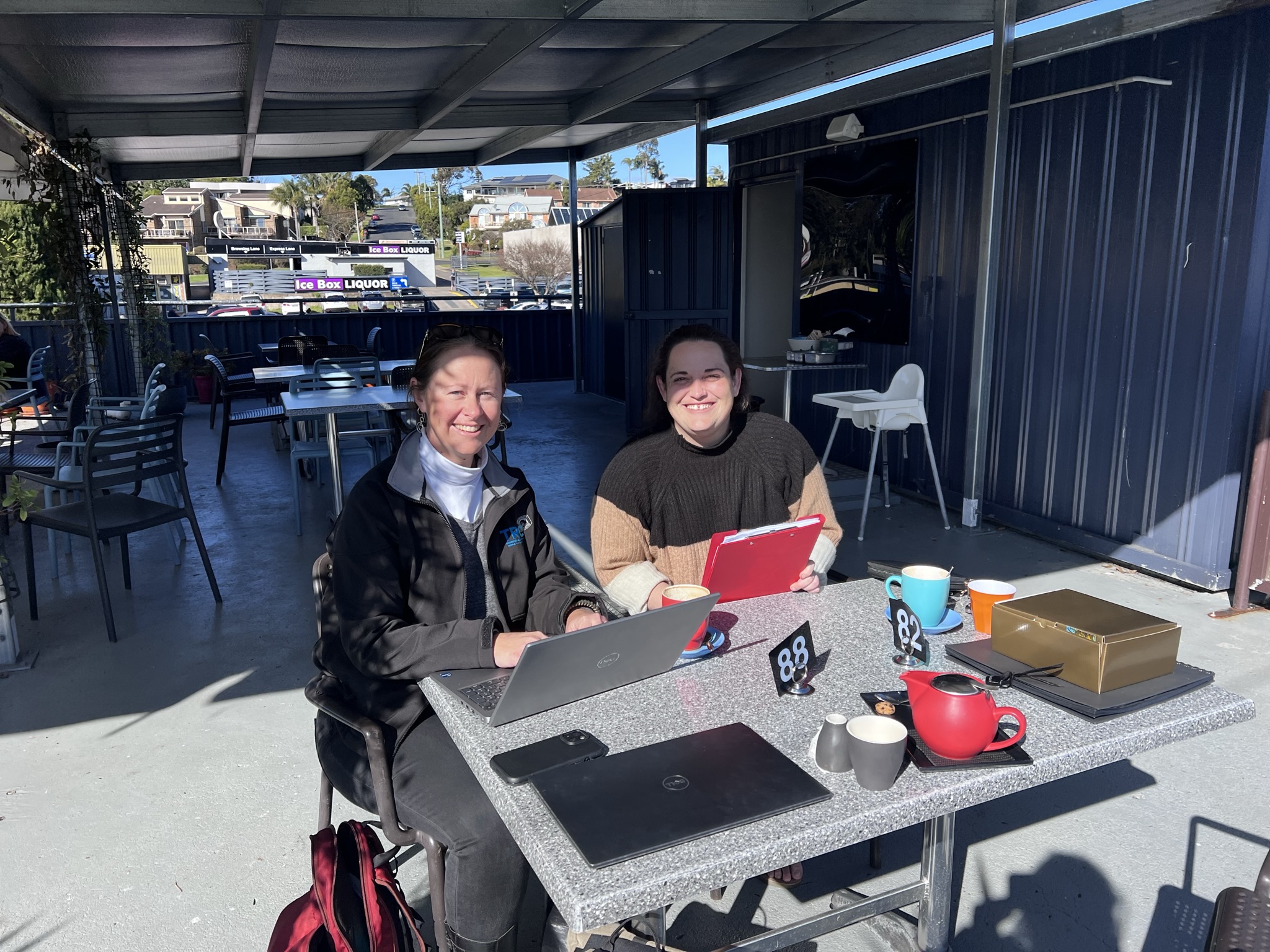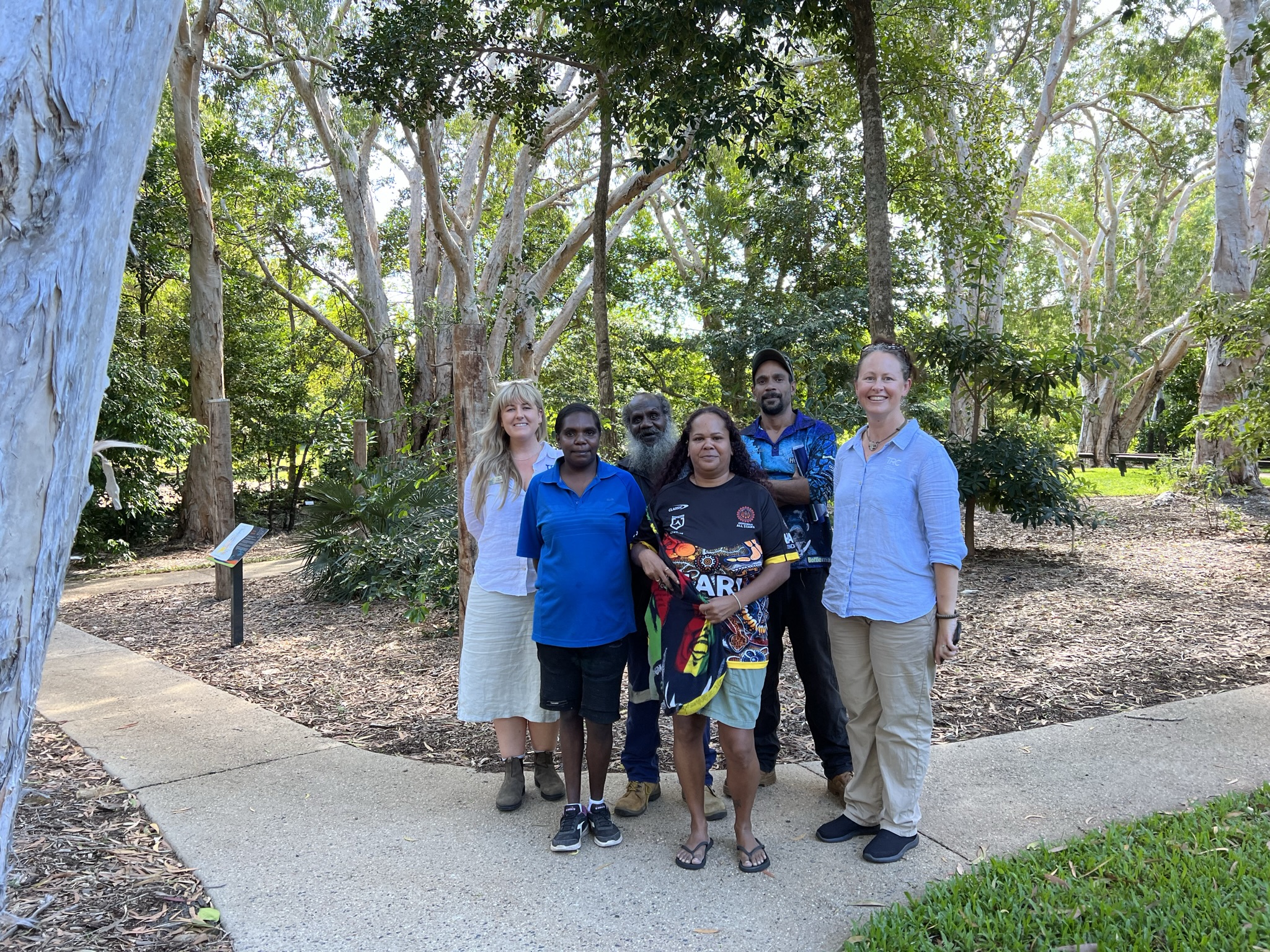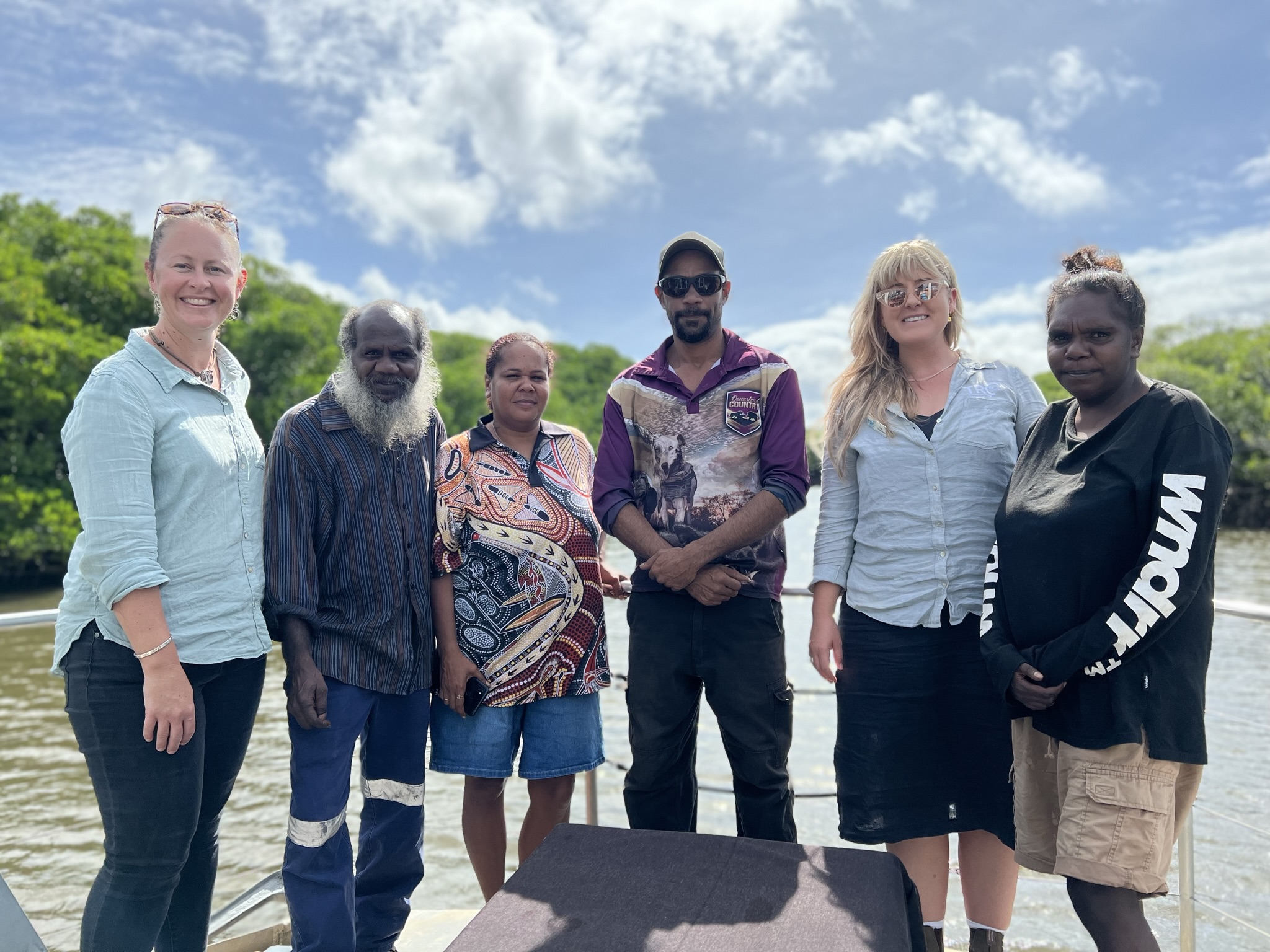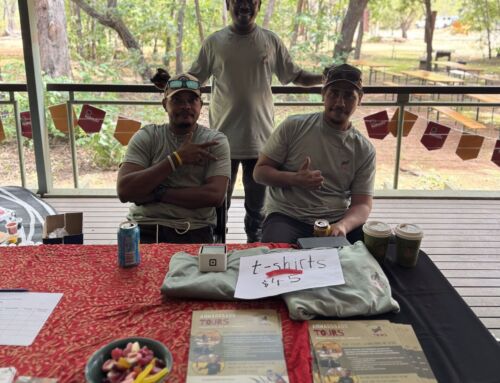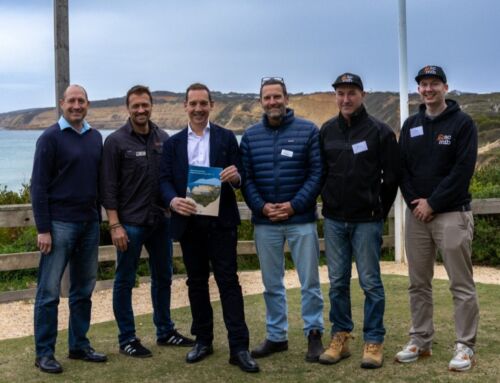By Tracey Diddams

So, what do I know about best approaches in Indigenous Tourism? Absolutely nothing. But what I do know is our TRC Values = Trust, Respect, Collaboration, are the foundations of everything we do. Our diversity is what makes each of us unique; sharing culture and taking the time to learn about other cultures fosters trust, appreciation and respect for one another. It is our ability to always reflect on our values and be adaptable that enables us to change from within and learn, grow and thrive in whatever situation we find ourselves.
I was asked recently to present a workshop on Indigenous Tourism to my TRC colleagues. Absolute imposter syndrome set in, and I was incredibly nervous. How could I, a non-Indigenous person workshop best approaches towards working with Aboriginal people? This really made me ask myself, how do we approach working with Aboriginal people? I reflected on some of the Australian projects TRC has conducted in the past 12 months in the Indigenous Tourism sector to see if I could find some answers.
The Yamatji Southern Regional Corporation are working together with Traditional Owners towards implementing a Tourism Strategy for the Yamatji Nation. The Yamatji Nation is in Western Australia’s Mid-West region. In 2020, an Indigenous Land Use Agreement (ILUA) was settled between the Western Australian Government and Yamatji people, an area covering more than 48,000 sq km. Tourism was recognised as an opportunity on Yamatji Country as part of this agreement. We met with four separate Cultural Authorities representing each of the four areas of the ILUA. The outcomes varied for each dependent on existing tourism assets, interest in tourism and available capacity. Regardless, each Cultural Authority determined what was right for them based on their values – namely being opportunities to re-connect to country, self-determination, jobs for young people, sharing stories and caring for Country in traditional ways. There were aspirations that the Cultural Authorities united on more broadly, and those that needed to be kept for the right people for country. The Yamatji Southern Regional Corporation will now be able to use the Tourism Strategy to support the aspirations of each of the Cultural Authorities, members and their families.
In contrast, the Gamaay Aboriginal Corporation in Cooktown is a very small family operated corporation with no current ILUA, structure or funding. All work for the Corporation is undertaken by the members as volunteers. Through a grant received by the Cook Shire Council, we worked together with corporation members on tourism aspirations and opportunities around the Gamaay Dreaming Track. The track was a previous overnight walking concept developed over eight years ago, but which hasn’t received any further funding, management or promotion since. As part of this process, we evaluated the future potential for the Gamaay Dreaming Track and other support experiences that could be created such as guided tours, shuttle buses and boat cruises linking to the track. We delivered customised tour guide training and prepared a Business Plan for the corporation to attract funding to deliver on the vision of Gamaay, for who tourism is an enabler for true reconciliation. Despite the desire by the corporation to succeed, it is limited by its capacity, capability, access to funds and control of country. Although our contract has finished, we have been supporting where possible with recommendations and grant funding applications, we are equally as passionate about seeing Gamaay’s vision become a success story.
This year, we have been working with the NSW Department of Primary Industries on business development and enhancement for coastal and marine based Indigenous Tourism operators. We are currently working with eight different clients along the South Coast, all at different stages of their business journey, with different stories and offerings for different markets. This program has longer term funding, enabling us to not just support development of each individual business plan, but also help with the implementation. Tourism is an opportunity for our clients on the South Coast to reconnect with culture, country and language after generations of trauma. As one client reflected ‘we know we have to give it away to keep it.’
A project we have been working on over the past five years centres around the Newcastle Waters Historic Township in the remote Northern Territory. Now abandoned, the historic town has been remembered for its pivotal role in settlement history through droving, pastoralism and World War II. In 2018, we met with the Marlinja Community, Traditional Owners of the region who live on homelands on the doorstep of the historic town. There was great enthusiasm to share their side of the story of Newcastle Waters, from creation time to modern days. In 2019 we returned, with tourism concepts developed by community members to deliver tourism experiences at the historic town. We finally met with the Marlinja Community again this year, where more lessons were learned. We’d opportunistically spoken to a few ‘white fellas’ first before speaking with the community, a big no-no (do not doubt it, word moves fast especially in remote areas!). Due to COVID and available project funding, we also had not returned to the community for two years and they felt forgotten. Carefully rebuilding trust, we have now co-created a Historic Township Master Plan with the community. With our project partners Brave and Curious, we have been able to bring to life through detailed plans, visualisations and economic analysis the real opportunity that exists for the Marlinja community to deliver and benefit from tourism on their country.
The Warnbi Aboriginal Corporation is within the heart of the World Heritage Listed and jointly managed Kakadu National Park. The corporation represents multiple clans across the park, coordinates the Indigenous Ranger Program and maintains 13 homelands for over 250 residents. We are currently working with the corporation and board on a Strategic Plan with the ambition of creating independent wealth and community wellbeing. Working within a Commonwealth reserve presents challenges for the corporation who are limited by legislation, bureaucratic policies and procedures. Instead of seeing this as a challenge, we’ve worked with the corporation on seeing it as an opportunity, co-designing solutions that deliver outcomes for the corporation, the national park and local Aboriginal people.
I presented each of these experiences to my TRC team members, with some sharing their own learnings of Indigenous Tourism across Australia, New Zealand and overseas. We’ve worked with Governments, Corporations, families, businesses and individuals. We’ve worked in extremely remote Aboriginal communities through to urban city centres. We’ve worked on projects with lots of funding and others we’ve supported through discounted fees. We’ve put projects on hold to respect sorry business or ceremony. We’ve reconsulted when people have needed more time, missed out previously or not understood. We’ve reframed our consultation approaches to ensure that projects are led and owned by Indigenous people. We’ve proposed and increased Indigenous participation in projects when we feel it has not been fully inclusive. We’ve had the hard conversation with clients when the glossy outcome isn’t achievable, especially when there are basic human needs and rights that must be served first. And we’ve said sorry when we’ve got it wrong.
There is no one size fits all solution, but our values provide a steady guidepost in TRC Tourism’s approaches to working with Aboriginal people.

